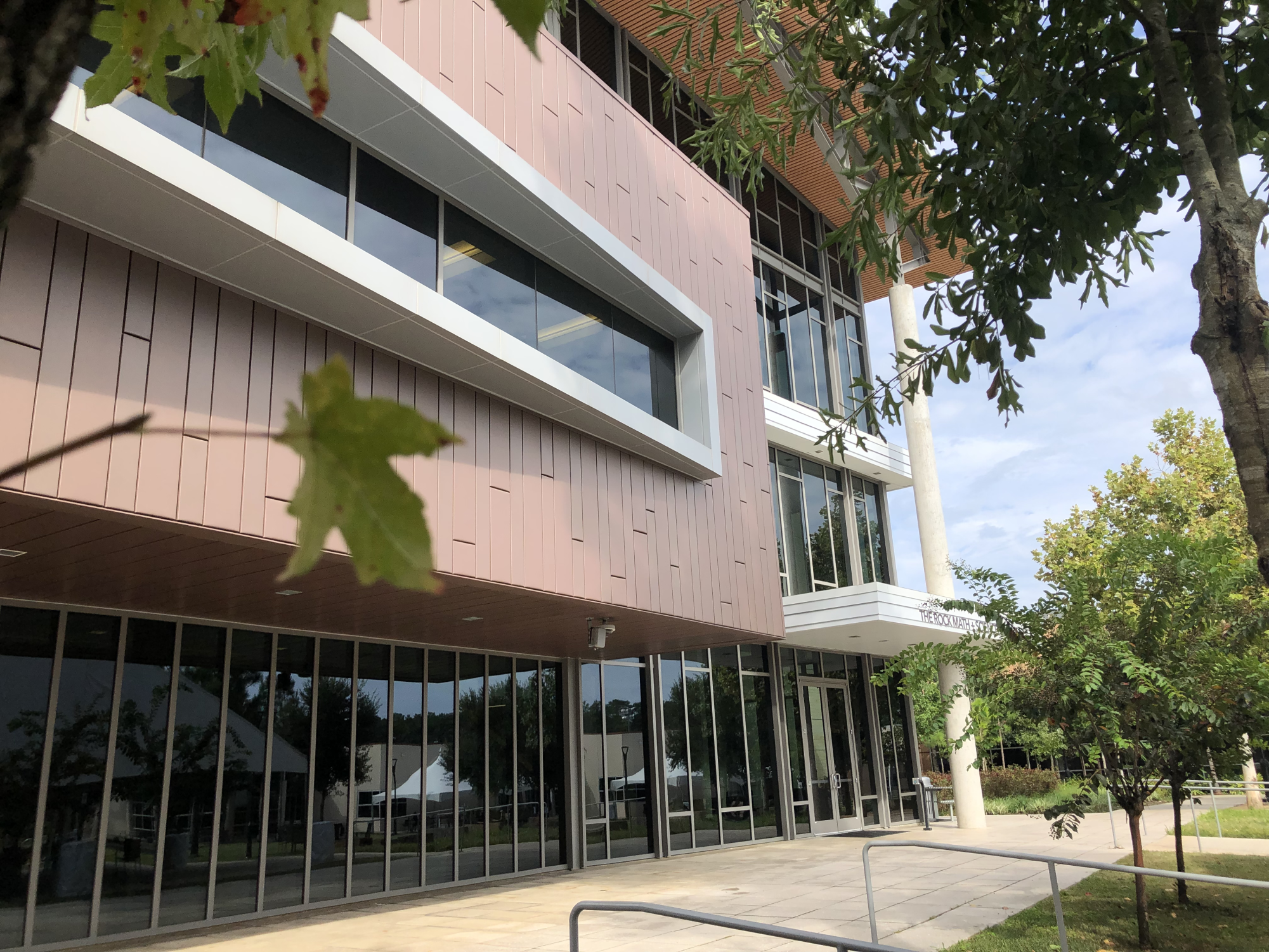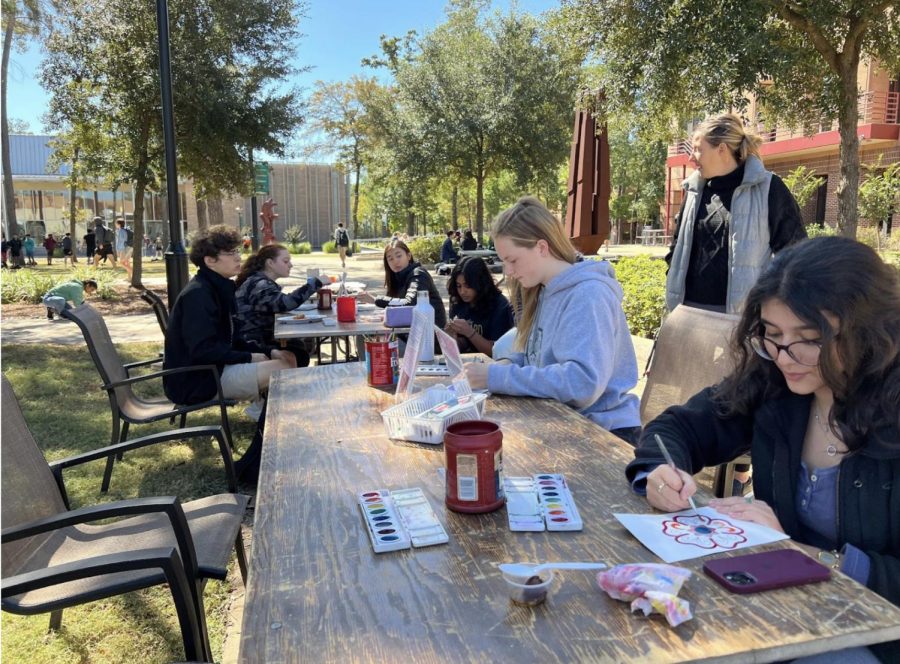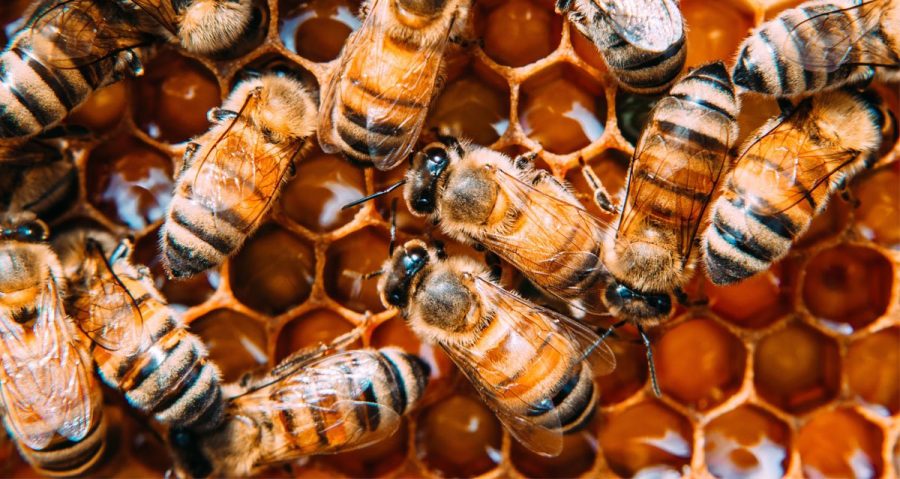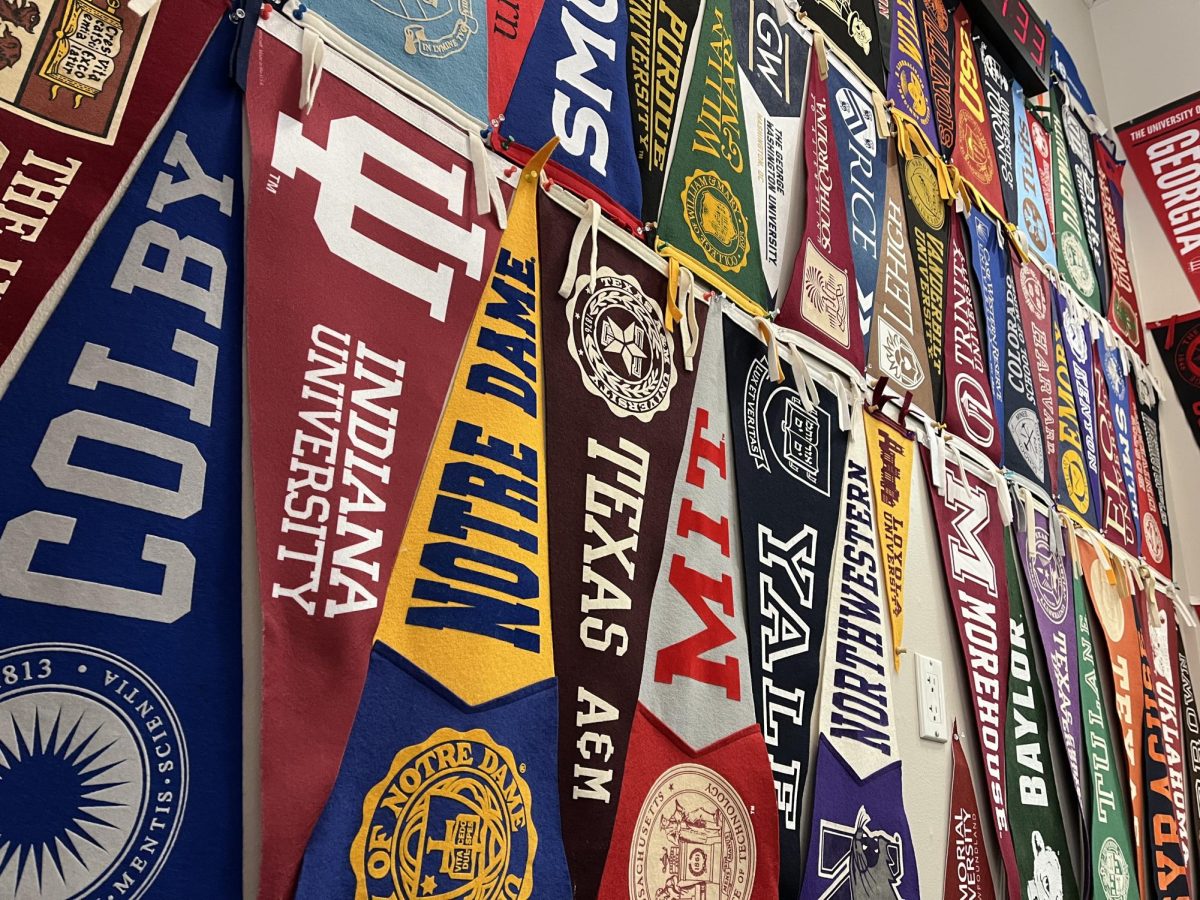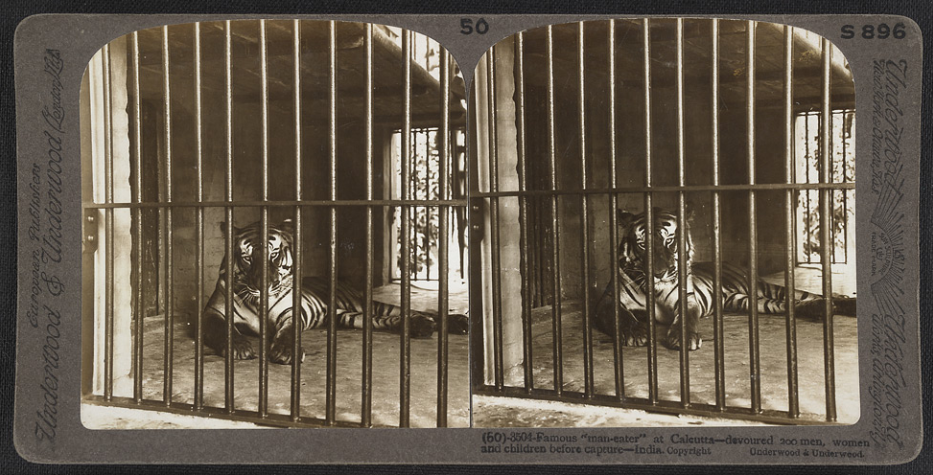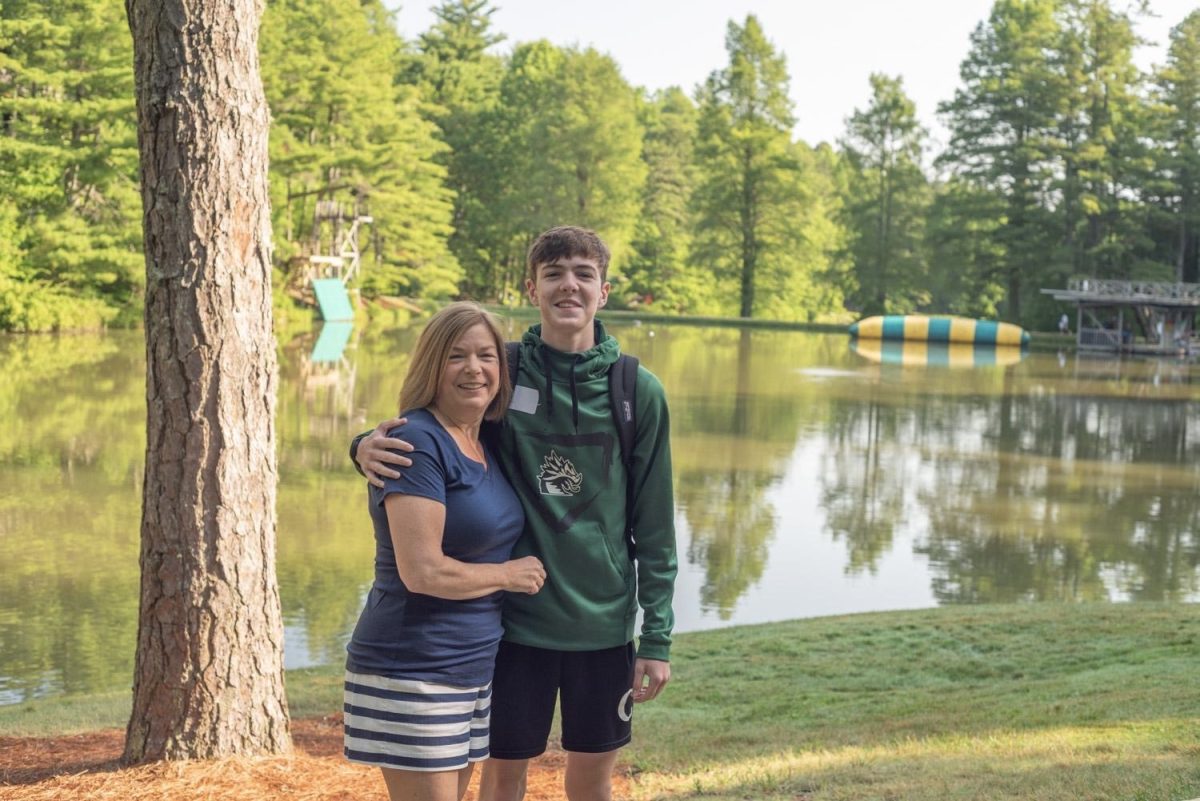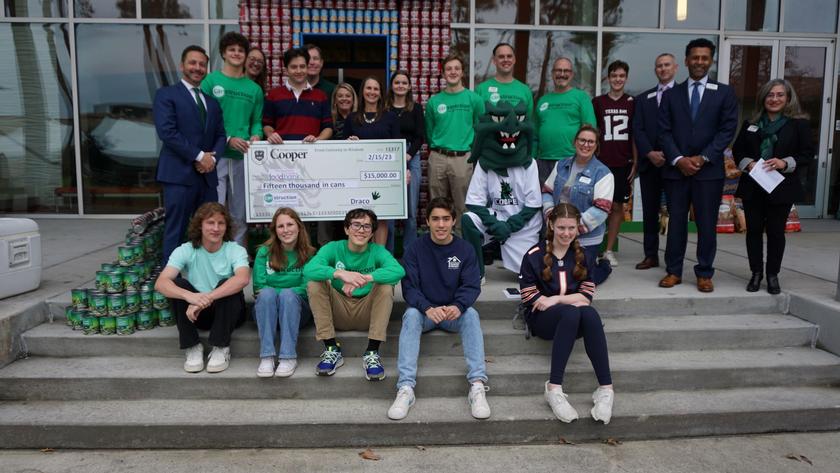At the dawn of my junior year and newfound upperclassman status, several teachers have encouraged my classmates and me to check in on the younger years and see if they were making friends. While I’m sure that process is more complex among adolescents than emotionally mature, full-grown adults, I asked our teachers if they, too, were making friends.
High school is regarded as the fount of meaningful encounters and enduring friendships. Yet, as interconnected as Cooper is, students often realize there are certain factors out of reach that actively reroute their social odyssey. From freshman year, our classes are determined by a system of seemingly arbitrary scheduling, and we have little reason to meet individuals not already included in our impeccable schedules. Even as the liberty of course selection expands in our later years, our social sphere actually contracts as we are exclusively brought closer to handpicked individuals who share our interests.
While helpful from an intellectual standpoint, by becoming more intimate with our favorite classes and clubs, we become increasingly sequestered from the infinite alternatives in the community. Theoretically, a senior seeking a major in humanities could spend his entire year without stepping into the Rock (without accounting for those unpredictable grade meetings in the Ramierez), simply because math and science aren’t his thing. As for myself, I’ve only been inside the Art Barn twice since coming to this school—the first time for my admissions tour in 2019 and the second time just this week to add to this article.
There’s a touch of determinism among students, whether we’re conscious of it or not. But I’ve observed that teachers have it worse: as their pupils bustle through the courtyard and graze shoulders, they’re stationed at desks and grading tests. A teacher outside of a 300-feet radius from their classroom, apart from the Student Center, strikes me as an anatopism—something like a glitch that happened on campus. So while a student’s social habits are thoroughly investigated and well-accommodated, the social life of a teacher tends to fall into obscurity and eludes most of us.
Needless to say, teachers have plenty of interactions on a professional level that readily flower into pleasant relationships and establish a unique set of social dynamics. Meetings, for example, help individuals check in on each other, whether within or outside of their department.
Mr. Smith, as the Mathematics Department Chair for the Upper School, oversees the different social stimuli among math teachers while maintaining connections outside of his department. “Oftentimes when we have meetings, we’ll have activities where they’ll say, ‘Partner up with somebody that’s maybe not in your department to talk about this or that.’ And that’s a great opportunity to get to know people,” he reveals.
However, these connections are not limited to professional obligations. As it turns out, teachers have their own set of social events and ways to bond, meet other teachers, and make friends, almost reminiscent of their pupils’. “As a department,” Mr. Smith shares, “we try and do something every two or three months outside of school. We’re hoping to set up something in November where we can all go to Painting with a Twist or something for fun.” Mr. Mosier, the Visual Arts Department Chair, mentions gathering at an art teacher’s house every December with “a thing at the end where we rent a big boat and I drive it.” Few students can say they have the privilege of driving big boats with their friends.
What’s more, these proactive measures also effectively welcome new employees and provide them with long-lasting friendships to carry for years ahead. They remind me of the school’s Cooper Connects program, which introduced me to the friends I have today during my first year at Cooper as a freshman. Teachers who have recently joined the school find it easy to integrate themselves within the community, even transcending the boundaries of departments.
Newcomers to the faculty arrive on campus earlier than other teachers, and during this time, they meet and make friends among themselves. Mr. Mosier notes that newer teachers like to stay with the group they came in with, even years later.
Immediately upon starting their journey, new teachers are endowed with memories to take with them. Ms. Wood is an English teacher who joined this year and highlights a retreat at the Augusta Pines golf course as one of the “best times.” She recalls, “That was the entire faculty, and it was such a great day because we were in different groups, where we got to know different people outside of our own departments. It made us feel like we belonged early on, and I really appreciated that.” Traveling to Newcombe with many new teachers was also an excellent opportunity for her to bond and be around others, just like the freshmen.
“We have two new math teachers this year, and I’m doing my best to try and include them in other things,” Mr. Smith affirms. “But also Mr. Gyves and Ms. Glenn are really good about meeting with new faculty like once a month just during lunch to check how things are going.”
However, older teachers note that these lively orientations were not always around. The pandemic caused an unusual cessation in physical gatherings that teachers agree to have made meeting new colleagues significantly harder, disrupting valuable opportunities to learn more about additions to the team.
To Ms. Galloway, a biology and epidemiology teacher, this was the first “normal” year where she didn’t need to be sequestered and could have lunch with others again. “I hardly ever saw a lot of the teachers who have come in the last couple years of COVID, because we were on Zoom meetings,” she reflects. “Some of them have been here for a couple years, but I feel like I’m just now getting to know them a little bit better at lunch or something like that.”
Ms. Wheeler is one of the teachers who joined Cooper last year, when stringent restrictions prevented many social events, especially outside of school. However, despite those impediments, she feels fortunate to have enjoyed a comfortable start with the Social Sciences department and the group of fellow new teachers. “At any time you go to either a new school or a new job, it’s going to take a little while to figure out the community and to find your niche within it,” she affirms, “but I was very welcomed last year, even with all the COVID restrictions.”
In spite of losing a few years to the pandemic, the school diligently maintains plenty of opportunities to interact when it can. “Last year, we didn’t really have any outside of school,” Ms. Wheeler resolves, “but now this year they have all kinds of community events and forums for people from different departments to come and get together.” Ms. Wood could testify to the extra effort, describing her early experiences as “very positive” and expressing her appreciation of how easy it is to befriend others.
However, the vast majority of interaction openly takes place on campus, especially during lunchtime and transition periods. The most effective relationship-building occurs as teachers make do with the minimal time allotted to quotidian exchanges. Unlike students, they have no contact with one another during classes, which comprise most of the day, so intermissions between work are especially valuable for fostering bonds.
“This is going to sound silly. In some ways, your friends are who you see by the copy machine the most. It’s who we talk to in our time when we’re not interacting with students,” Ms. Galloway explains. “So, a big factor in relationships too is who you share those conference periods with.” As the copy machine demonstrates, conversations quickly emerge whenever teachers find themselves in close proximity, and these strokes of serendipity often connect ones from distant classrooms. Ms. Galloway checks in on her colleagues in the Rock every day, although these conversations are much more frequent with her close neighbors than anyone else, let alone the Upper School building.
Other socializing happens proactively, especially in ways that are inclusive to those who are new or come from differing departments. Mr. Smith thinks that “we have good intentions of hanging out when we can; we like to do that during lunch most often because we’re already here, and we just like to sit down and decompress and get that out of the way.” He does find the process of making friends a little difficult but hopes to arrange more opportunities outside of school to mitigate that.
Despite the physical boundaries that divide members of separate departments, Cooper is particularly adept at retaining a homogenous community. In Ms. Wood’s prior experiences with public school, teachers were tangibly closer when they taught the same subjects. “Here, I don’t find that as a really limiting factor. Clearly, you’re closer to people that you have things in common with,” but occasions like lunch eliminate any sense of being disconnected, she affirms. Teachers are visibly less prone to clustering and forming cliques than students, for whom distinct social circles are more influential in their interactions.
“We don’t have cliques at all,” Ms. Mock assures, as a current physics teacher with past experience teaching both physics and chemistry and thus across different circles. “It’s more about location and the building you work in. When you’re constantly having meetings, planning assignments, and discussing lessons together, you form closer bonds with others.”
Indeed, as chemistry teachers repeat, bond strength increases as distance decreases. Every teacher’s social circle is inevitably dictated by the subject they teach and the whereabouts of their classroom, and relationships rarely develop spontaneously with those isolated from their field of work. Mr. Smith describes the Rock as a “bubble” in which science and math teachers are familiar with one another but lack ties to other departments as a result of not always drifting outside of the sphere. “Sometimes there’s been new teachers that I didn’t even know were new! They show up and I’m like ‘Oh, how long have you been here?’ and I’ll forget about that,” he admits.
Multiple teachers acknowledge that they tend to stay within their “silos.” Mr. Mosier, coming from the secluded Art Barns, epitomizes how distance can palpably transform connections between opposite ends of the campus. “Pretty much the only time another teacher comes out here is when they’re doing an interview,” he remarks while being interviewed by me, a foreigner in the area. “I show up over in the hallway, and they go, ‘Aren’t you lost?’ and I go, ‘I’m an Upper School teacher! I don’t know what you mean!’”
Nonetheless, Mr. Mosier maintains that each art teacher has their own unique set of friends from across campus and even regularly visits them. But as a coterie of artists, shared interests and distinctive activities bear far more weight in their networks. “We have a common language, just like how music people talk in notes, and math people in cyphers, or multiplication, or polynomials—we talk art, and we like each other,” he explains.
Proactive efforts are instrumental in overcoming spatial barriers, but many teachers also find that time is scarce. “We’re so busy taking care of our students in our classes that my number-one priority isn’t to hang out with my fellow teachers,” Ms. Wheeler states, “so I think it’s finding that combination.” Mr. Mosier adds that even with off periods, not everybody has time to socialize instead of finishing tasks, in the same way that “students need some downtime, a quiet place, a mindfulness moment.”
Despite these restraints, however, teachers universally stress the importance of maintaining close social ties to their jobs. Friendships and a general sense of harmony substantially boost their attitudes at work and comprise much of the enjoyment of coming to school, just as they do for students. “You’d much rather have a good relationship than a hostile one; communication is key when you’re working. You need to be able to cooperate towards the same goal,” Ms. Mock asserts, having worked with countless others in different subjects.
“There are days where I can stay in my room all day and get work done the whole time, and I usually go home feeling upset because I haven’t talked to anybody all day other than my students,” Mr. Smith shares. He emphasizes that free time is just as important to teachers as it is to students, and the relationships built in that time impact other parts of the day. As they teach their classes, they may feel uneasy due to an awry meeting or even a colleague’s difficulties, as they easily empathize and exchange burdens with one another.
Being interconnected strengthens a sense of community at school, which does not only exist among students but among teachers as well, as Ms. Galloway points out. Cooper strives to be a home where everyone can depend on others to brighten one’s day and accommodate every facet of school life. The support of the community helps individuals grow and contribute to the circulation of amity. “We’re very social people, and I am much better when I can make the connections here,” Ms. Wheeler testifies.
As equally important community members exempt from the hurdles teachers face, students should utilize the infinite liberties bestowed upon them by the school to develop their social ties. Without being stationed at a specific part of campus, their interactions depend solely on their agency and capacity to reach beyond what they start with. Although, as previously mentioned, they are prone to narrowing their circles according to their classes and clubs, Cooper renders it more than possible to form dynamic social lives already enjoyed by the adults in spite of boundaries.
Students can learn much more from their teachers than academic concepts. Not only do teachers set a valuable example in terms of proactive socializing, but their distinct experience also generates wisdom easily overlooked by those who take certain social elements for granted. They reveal that there is much to take advantage of within the free, multifaceted community.
“The teachers at John Cooper are really fascinating people; their spouses, which you don’t ever get to meet, are fascinating people. There are some people doing medical research who might be teaching Spanish,” Mr. Mosier illustrates. He stresses that every individual should seize the chance to talk to each other, as even the most simple gestures are pathways to compelling discoveries. Ms. Galloway concurs, affirming that “as adults, we do that too when we’re in a meeting and we’re sitting next to someone we haven’t always sat next to.”
Although Cooper employees are especially fortunate, most professions also present the necessity of flexibility. “While this might sound bad, you don’t always have to like the people around you,” Ms. Mock assures. “This is why teachers like to pick groups for projects: in the real world, you don’t get to pick who you work with. You need to be able to cooperate with whoever you get.”
Students and teachers alike have their own set of obstacles when it comes to socializing in an overwhelmingly vibrant environment. Yet, as teachers demonstrate, every individual can make a positive decision for themselves while contributing to the active, ever-growing network of connections that define the Cooper community. If they can make the best of the community at large despite rigid, unalterable divisions, there is little to impede students even outside of their familiar circles.
Adolescence is a time of fundamental psychosocial development, peaked sensitivity to social surroundings, and a higher demand for interactions. Research has proven that experiences and exchanges from high school hold significant consequences on future actions and lifestyles. Solid relationships and favorable social standings carry over into healthy patterns of self-esteem and competence in the workplace as an adult. However, this is not to say that the process stops after graduation—as teachers can attest, life is a perpetual string of interpersonal affairs with boundless opportunities to grow.
“We’re all basically the same,” Ms. Wood resolves. “Everyone wants to belong and feel like they have something to contribute, and know that they’re valued.” At Cooper, we share a mission to ensure these points apply for both the worrisome freshman and for the teacher worried about them.


